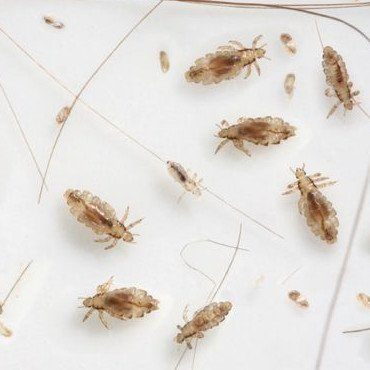
You’d never really thought about head lice until it literally walked right through your door, right? Those beautiful locks are tarnished with a breeding parasite and you feel embarrassed that your child has picked them up. Don’t worry head lice are very common amongst children (1 in 4 in fact) and it’s not a representation of your family or home hygiene, which is sadly what many mum’s feel. So, let’s cover the basics.
What are head lice?
Head lice are tiny wingless parasites that live on the human head, feeding on blood from the scalp. They have six legs and are slightly translucent in colour, but turn a dark red-brown colour as they feed. Head lice aren’t dangerous, they don’t carry disease and they aren’t a sign of poor hygiene (I know I said this earlier, but it is worth repeating). Head lice generally can’t survive away from the human scalp.
How do they spread?
Head lice are highly contagious and very common among children between the ages of 6-11. They spread through direct human contact with someone who has them. Children are constantly in direct contact situations where their heads touch together, such as sports, playing in the playground or giving a classmate a hug.
Head lice have a life span of about 35 days during which time a female louse can lay between 50 and 150 eggs, so it is easy to see how quickly they can multiply and spread.
What are the symptoms?
Many lice infestation cause no symptoms at all. Only 30% to 50% of people actually itch, which is why it is so important to check for head lice regularly, once a week is ideal. Apart from itching other symptoms can include little red bumps or sores where the lice have bitten into the scalp.
When you’re combing your child’s hair take a peek around the back of the neck and behind the ears, randomly select two or three sections of hair and part them at the scalp. This should only add a few extra seconds to the daily routine and keep you on top of any infestation. Always tie long hair up into a braid or bun – this makes it a little harder for lurking lice to take hold of a free hair strand; and discourage children from sharing hats, brushes and hair ties. If you get word from the school that there is a case of head lice use a daily prevention spray for a few weeks to repel head lice.
If you have a case of head lice now or have any questions about the pesky parasites, drop me a comment below – I’d be happy to help where I can.














